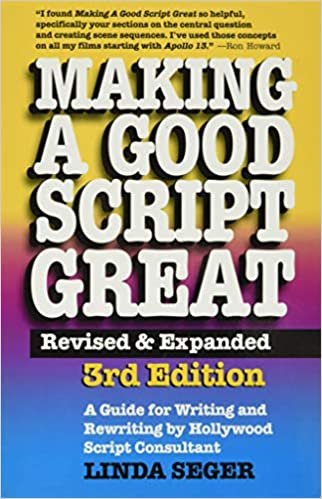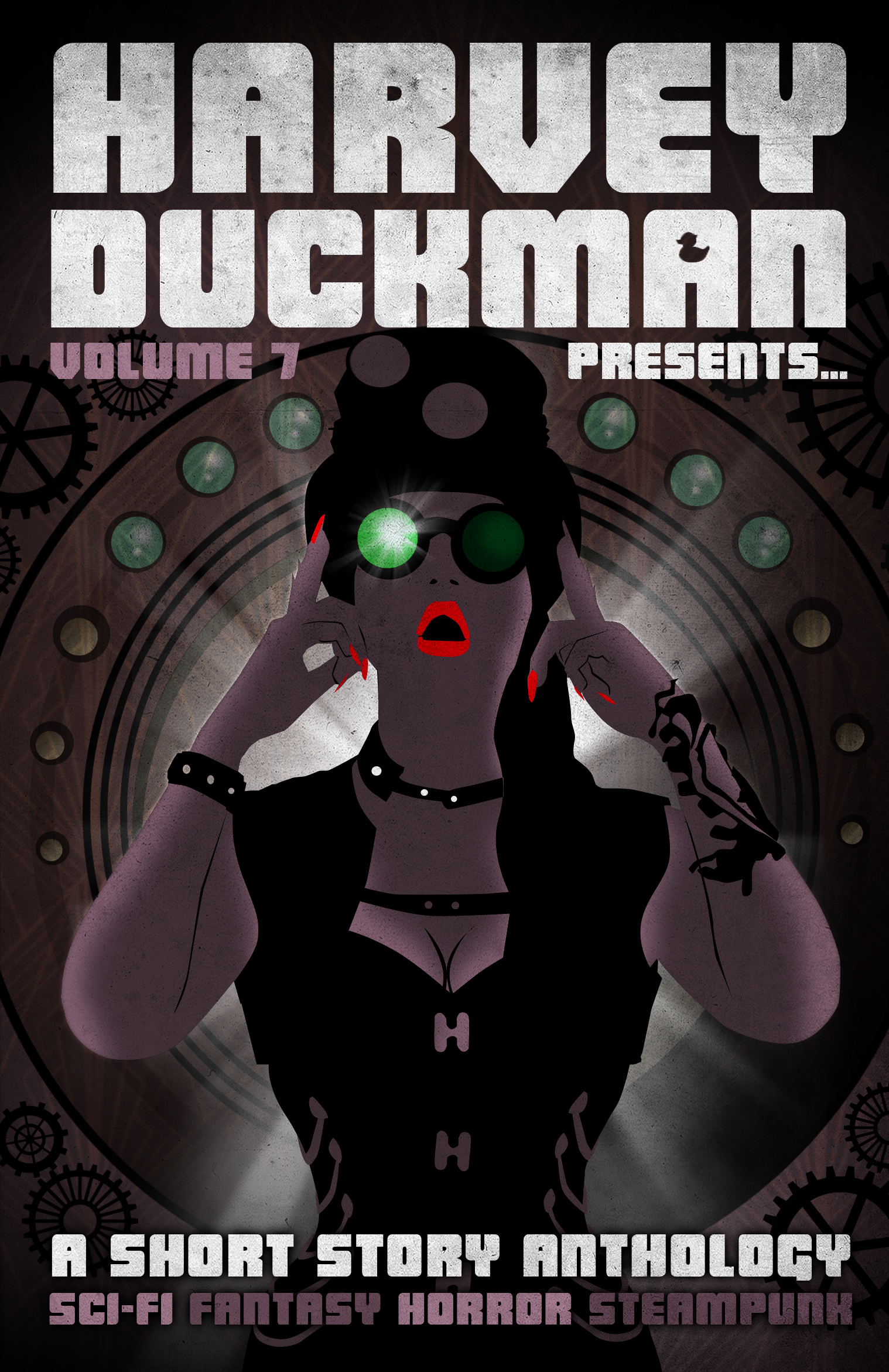Linda Seger’s Making a Good Script Great is one of two books I recently picked up on scriptwriting/screenwriting because…well, basically because I like to learn, and learn I did. There are more pages dogeared, highlighted, and marked up than there are pages untouched.
Begin with the concept that storytelling is storytelling is storytelling and it doesn’t matter the medium because regardless of medium you want a strong, visceral reaction from your audience/reader.
Now recognize that any medium will touch on all aspects of getting that strong, visceral reaction to some degree; a character is a character is a character, a scene is a scene is a scene, dialogue is dialogue is dialogue.
Go one more to specific mediums emphasize specific aspects more than others due to that medium’s limitations. Literature can handle 1st Person POV handily, script/screenwriting not so much.
Recognize that and the next item is to learn ways to fake 1st Person POV in a medium designed for 3rd Person Limited/Omniscient POV.
And if you stop there and say to yourself, “But I don’t have to do that when I write a book” you’re missing out on an incredible learning opportunity. Sure, you may never have to do that in a book but learning how to do it and – more importantly – how to work with such a constraint gives you the flexibility to use that technique, parts of that techniques, concepts from that technique, modify it, et cetera, to make your own non-script/screenwriting work sing.
Greetings! I’m your friendly, neighborhood Threshold Guardian. This is a protected post. Protected posts in the My Work, Marketing, and StoryCrafting categories require a subscription (starting at 1$US/month) to access. Protected posts outside those categories require a General (free) membership.
Members and Subscribers can LogIn. Non members can join. Non-protected posts (there are several) are available to everyone.
Want to learn more about why I use a subscription model? Read More ch-ch-ch-ch-Changes Enjoy!


